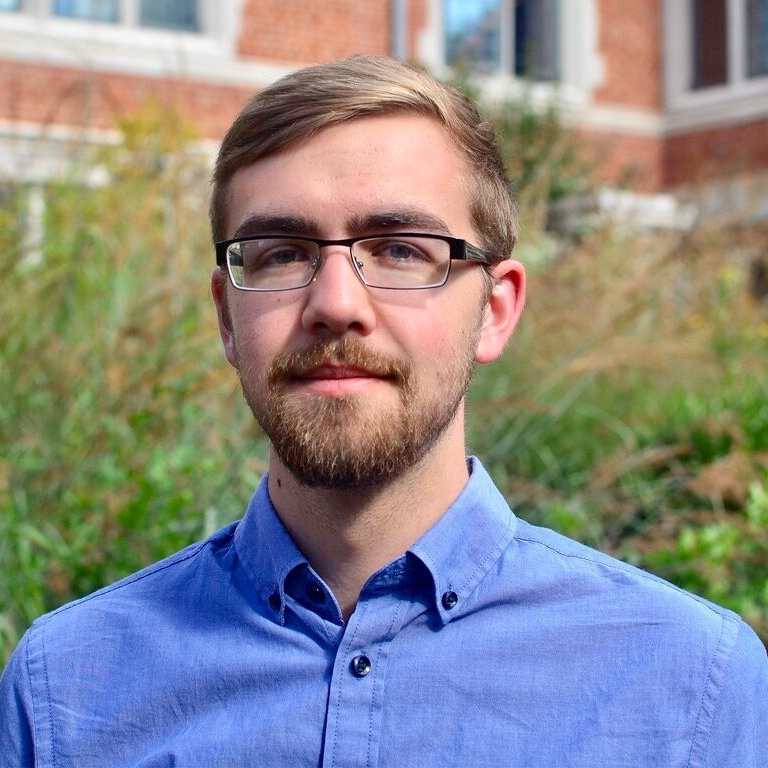Vortex dynamics induced by scanning SQUID susceptometry
Talk, APS March Meeting 2023, Las Vegas, Nevada
Abstract: Using scanning superconducting quantum interference device (SQUID) susceptometry, one can phase-sensitively measure the local magnetic response of superconducting sample by applying a millitesla-scale AC magnetic field using a micron-scale field coil and detecting the response with a micron-scale pickup loop in a low-frequency lockin measurement. When Meissner screening is weak and the superconducting coherence length exceeds a few hundred nanometers, for example in a two-dimensional (2D) Josephson junction array or a thin film very close to its critical temperature, the local applied field from the SQUID can induce vortices in the superconductor, and subsequent motion of these vortices leads to dissipation and a change in the magnitude and phase of the measured magnetic response. Here, in an effort to quantitatively interpret these vortex-related nonlinearities and dissipative effects in measurements of 2D superconductors with long coherence lengths, we use a combination of London-Maxwell and time-dependent Ginzburg Landau (TDGL) techniques to model vortex dynamics in an AC SQUID susceptometry measurement. The model is in excellent agreement with measurements of the complex magnetic response of thin film niobium very close to its critical temperature. This work lays the foundation for scanning SQUID studies of vortex dynamics and pinning in more exotic materials systems.
